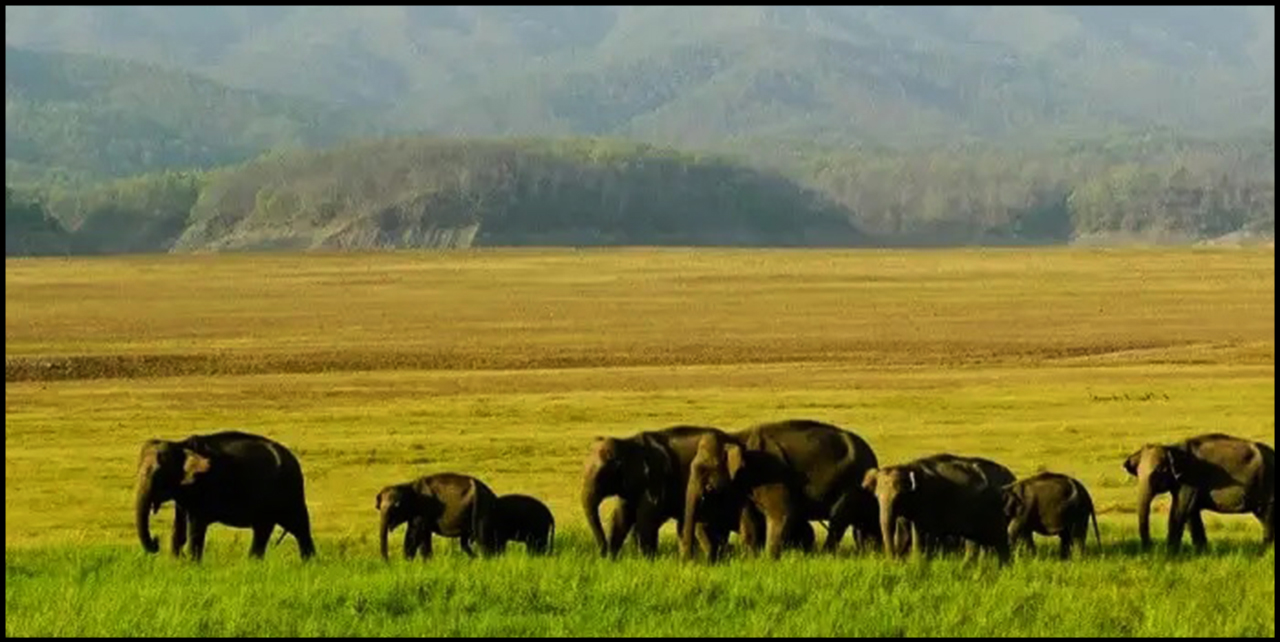Assam is one of the seven sisters of India, located in the north-eastern region of the country. Assam is blessed with a diverse range of flora and fauna and is a well-known and popular wildlife destination in the country. Following Rajasthan, Assam is another amazing Indian state consisting of the Eastern Hills of the Northern Himalayas, the Deccan Plateau, the Brahmaputra Plains, and vast forests. The state has a monsoon rainy climate and is hence one of the greenest states in the country. Because of the dense forest cover, the state is home to a variety of uncommon species that seek refuge in the lap of green nature. From November to April is the ideal time to explore Assam’s national parks.
Because Assam receives heavy rainfall during the monsoon and pre-monsoon seasons, the national parks frequently flood throughout the months of June, July, and August. The water begins to drain in September and October, and the area reopens to visitors in November. You can book the Assam tour package offered by Lock Your Trip. Assam is home to a diverse range of wildlife that attracts visitors from all over the world. In this blog, we will list the top 5 National parks in Assam for every wildlife enthusiast.
Kaziranga National Park
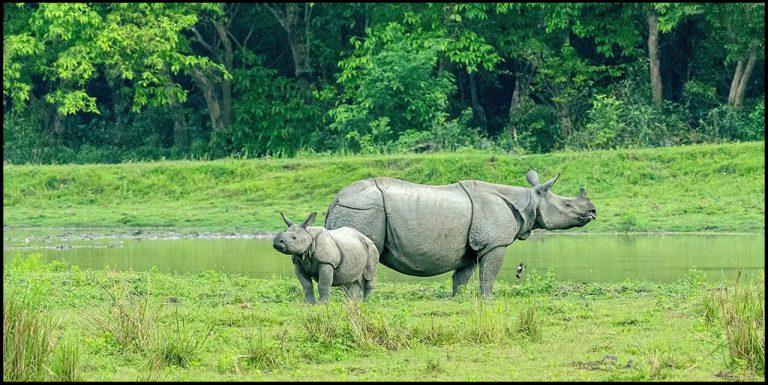
Kaziranga National Park is one of the best National parks in Assam and India’s national treasures in terms of flora and fauna since it is home to the world’s biggest population of one-horned rhinos. It is located in the North-Eastern Indian state of Assam, and its whole area is shared by the districts of Nagaon, Golaghat, and Karbi Anglong, putting it roughly in the state’s centre. Kaziranga National Park, located around five hours by car from Guwahati, is ideal for good wildlife protection in India. It was declared a World Heritage Site by UNESCO in 1985. Kaziranga National Park is located on the floodplains of the powerful river Brahmaputra, and it has lush flora that surrounds practically the whole park.
This national park is highlighted by thick elephant grass, marshlands, and tall tropical broadleaf forests. Which get massive amounts of rain each year, sometimes exceeding dangerous levels. A diverse range of wildlife survives here, including the one-horned rhino, Asiatic elephants, wild water buffalo, leopards, and Royal Bengal Tigers. Kaziranga National Park is also legally designated as a Tiger Reserve. And it is home to one of the world’s largest tiger populations.
Various types of birds may also be seen in this national park. Among the numerous remarkable bird families that may be found here are the huge Indian hornbill and the wreathed hornbill. During the tourist season, safaris may be get both during the day and at night. Tourists, wildlife journalists, and wildlife lovers enjoy elephant rides as well. Hiking is one such activity that is restrict in order to prevent casualties. This national park takes great effort to ensure that tourism and environmental sustainability go hand in the hand comfortably.
Manas National Park
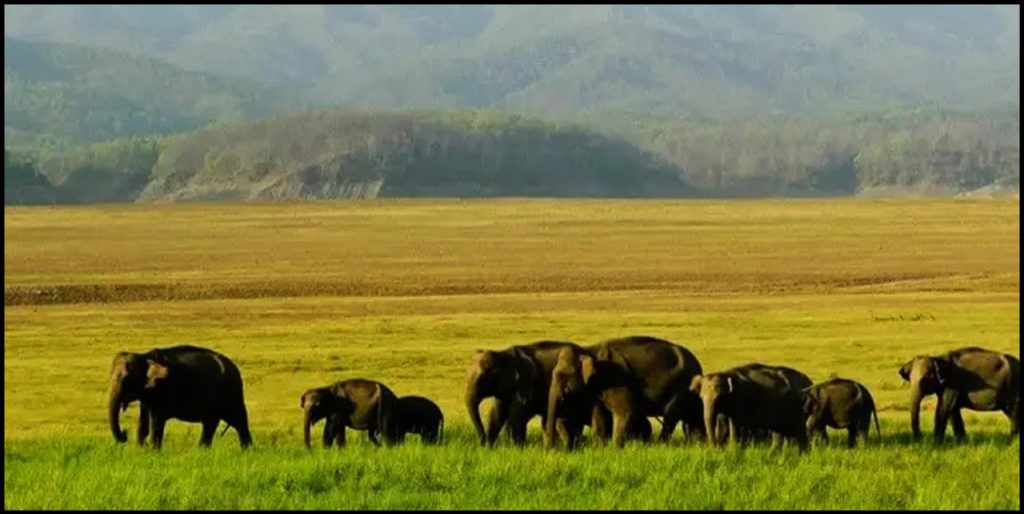
One of the most beautiful national parks in Assam. Manas National Park is a UNESCO Natural World Heritage site and one of the most beautiful national parks in Assam, as well as a Project Tiger Reserve, an Elephant Reserve, and a Biosphere Reserve. Manas, Assam’s one of the best tiger reserves in the state, is also know for the rare golden langur and red panda.
It is one of India’s best-kept national parks. This can be define in many ways as you can enjoy this park in every way possible, from flora to fauna. Manas is know not only for its diverse biodiversity, but also for its breathtaking beauty and natural atmosphere, which comprises a variety of wooded hills, grasslands, and tropical evergreen forests. It is home to the second-largest tiger population in India. It is also well-known for having a large population of wild water buffalo. Manas is home to the greatest number of endangered species in India, according to the IUCN Red Book.
Orang National Park
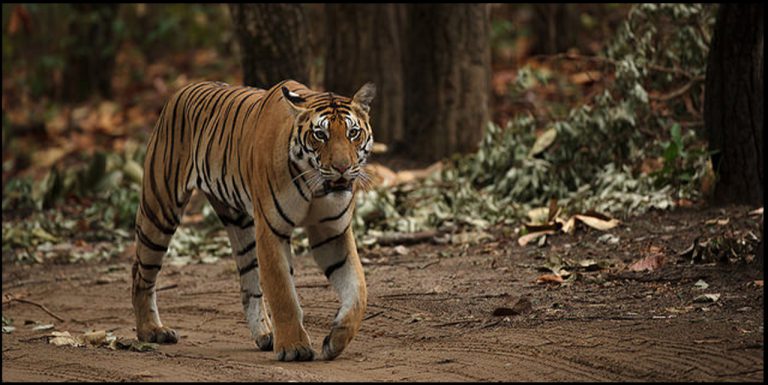
Orang National Park, located on the banks of the Brahmaputra River in the picturesque state of Assam, is the state’s oldest game reserve. This national park is locate at 110 kilometres north of Guwahati and is share by the districts of Darrang and Sonitpur. Rajiv Gandhi Orang National Park is the official name. The One-horned Rhinos and Royal Bengal Tigers of Orang Park are well-known. Orang will pleasantly surprise you with its diverse range of creatures, birds, and fishes, as well as its profusion of flora. The park is well-known for rhino conservation since it is home to the. Great Indian Rhinoceros and the famed Bengal Tiger.
Apart from rhinos, the Great Indian Rhinoceros, porcupines, Bengal tigers, water buffaloes, leopards. And other animals may be find here. A large variety of fishes may also be get here. Along with this, you may see a variety of birds in the park, including kingfishers, fishing eagles, woodpeckers, mallards, and white pelicans. A safari around the park will allow you to appreciate the refreshing beauty of. The surroundings and plants, as well as the delight of seeing such a diverse range of wildlife.
Raimona National Park
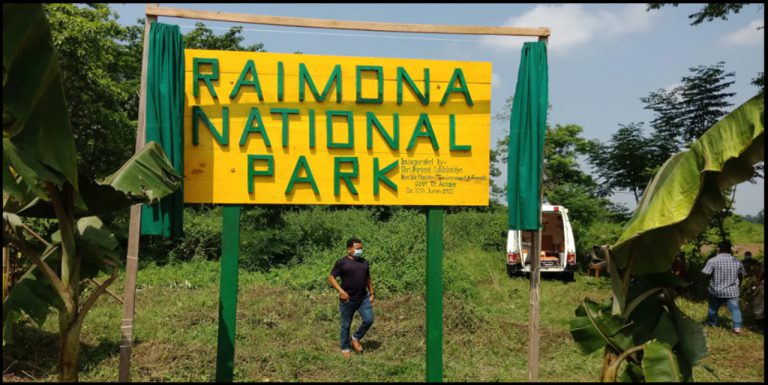
The park is home to several elephant herds accompanied by captivating folk legends. One of the world’s most endangered primates, Gee’s golden langur, rare endemic butterflies. And many rare animals, including the majestic Bengal tiger, clouded leopard, gaur, and chital. This hotspot is essential for elephant transboundary movement through West Bengal, Bhutan, and Arunachal Pradesh.
Nameri National Park
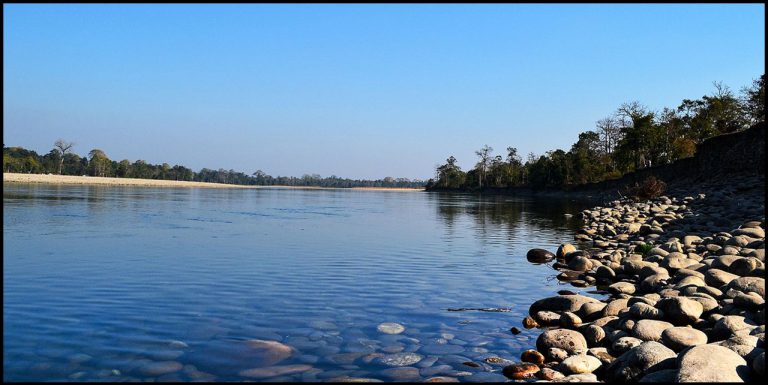
Nameri National Park is well-known for its elephants and other wildlife like tigers, leopards, gaurs, wild pigs, sambars. And so on, as well as being a birdwatcher’s dream. Safaris are offer and are the most popular option to plan an exciting vacation inside the national park. In addition to the rich fauna of the area, the lush and evergreen flora attracts visitors. Water rafting, fishing, and swimming are all possible activities, although fishing requires a permit from the forest department. One can also spend some time alone and sunbathe in the region.
The river at Nameri is teeming with fish of many species. The Forest Department here is in charge of fishing-related operations. This region’s most famous fish is the Golden Masheer Fish, which may grow to be 3-9 feet long. It is also know as the Himalayan River Tiger. River rafting is also available on the river Jai Bharali on the park’s southeast edge. The rafting course is 13 kilometres long and takes around 3 hours to complete. A fantastic, exhausting, and fun experience.
